Lawn Drainage Problems? Amazing Gypsum Additive May Help
Have you noticed any large water puddles on your lawn after a heavy rainfall or when the snow melts in the Spring? The water puddles remain on the surface of your lawn for a few days before it dissipates. The accumulation of surface water or poor lawn drainage could be a result of soil compaction. Soil compaction occurs when the soil particles are compressed together eliminating most pore spaces that are usually filled with air and water. The mineral grains in clay soil are compressed together tightly preventing water from being absorbed. Soil compaction is ideal if you are building a walkway, patio, or even a road but for a lawn not so good.
Clay soil is mostly clay and silt. The small particles cling together capturing some water and rich nutrients closely. This tight compaction structure prevents excess water from draining and can cause a lawn drainage problem. The clay soil appearance is sticky and brown in color that balls up in large size, heavy clumps. Clay soil will cling to your garden gloves, tools and garden boots, and has a slippery feel to it. Maybe you have noticed that when working in clay soil it is extremely difficult to break into or dig out.
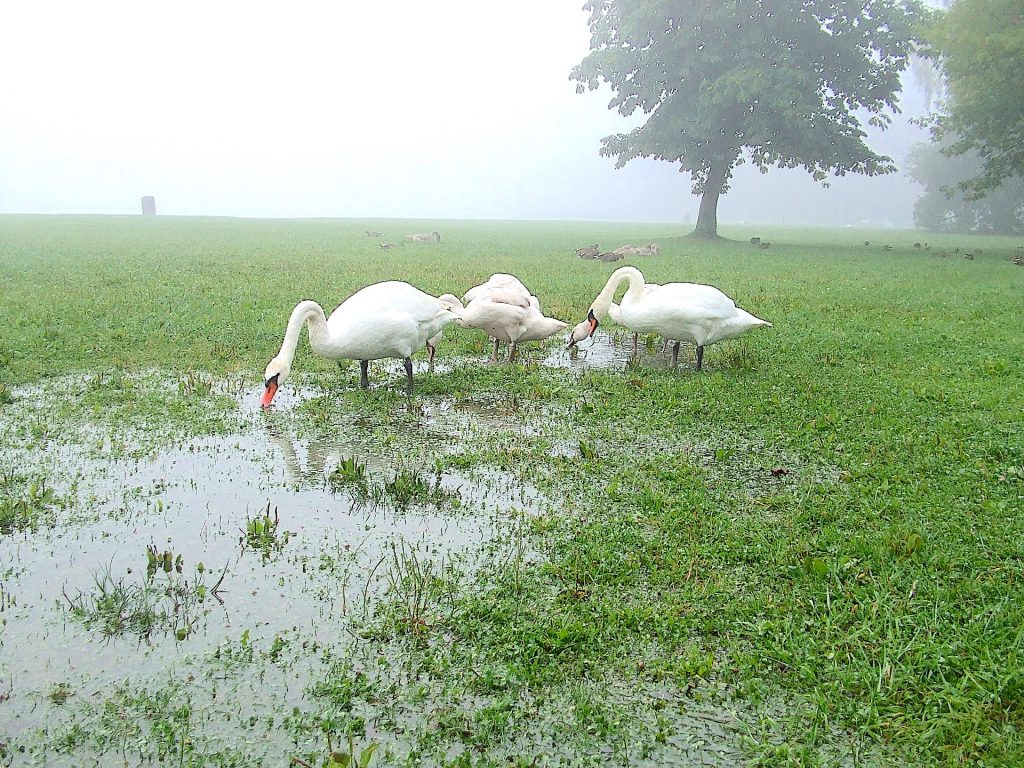
Likewise, heavy clay soil texture hinders plant roots from reaching nutrients and moisture locked within the clay soil. And conversely clay soil that retains water also prevents water from draining. If water does not drain properly away from your grass roots and too much water remains on the grass, the grass will suffer. Grass lawns with excess water or rainfall that is not absorbed can create a lawn drainage problem.
You can add sphagnum peat moss to clay soil to improve water absorption for future use. Sphagnum peat moss lightens clay soil providing access to the nutrients locked inside clay soil. As clay soil becomes lighter, the soil will become more aerated.
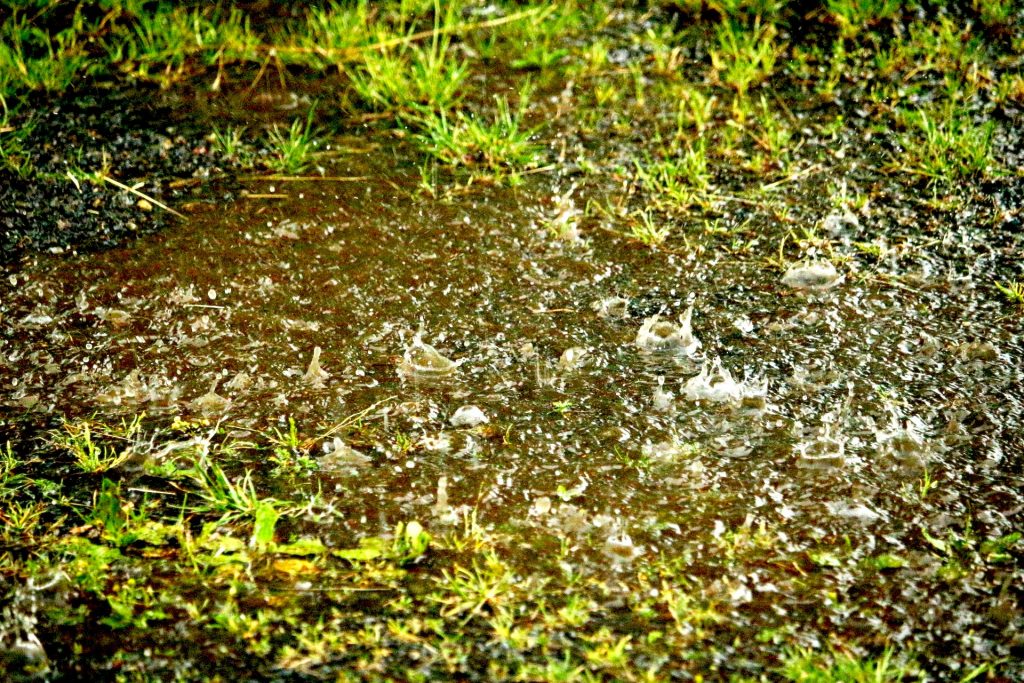
Another source to consider for clay soil lawns, is Garden Gypsum. Gypsum is a natural mineral, great source of calcium, and soil conditioner that reconditions the clay soil so it binds organic matter to the clay. This clay soil break down process promotes soil aeration to improved soil structure and strong root growth. Nutrients and moisture are more easily absorbed by grass roots with soil that is light and airy. As clay soil breaks down, aeration is improved and the once clumped soil allows excess water to drain. And in some cases, Gypsum may even help with repairing pet turf burns as well.
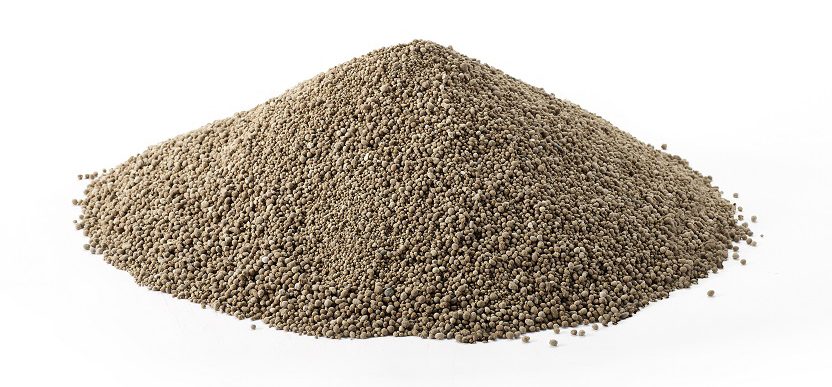
If you are experiencing poor lawn drainage, saturated soil or soil compaction in your lawn you may want to check your soil to see if you have a soil compaction problem. Lawn grass or garden plants will continue to struggle to tap into nutrient rich clay soils until the condition is resolved.
If you are creating a new garden it is easy to mix in compost, organic humus, or sphagnum peat moss into your garden soil while preparing the garden bed. For a large front yard or backyard, adding compost or sphagnum peat moss will be more time consuming. Pelleted Gypsum might be a better method of treating clay lawn soil. It can be applied using a lawn spreader and immediately water your lawn afterwards so the the gypsum begins to penetrate the clay soil. If you are experiencing a similar problem let us know what you think.
And if you have any questions about your garden, feel free to reach out to us in the comments below. We always are ready to help you out. Be sure to check out our other posts regarding soil amendments. Additional information and specifics on soil amendments can be found in How to Make a Fertile Garden with Soil Amendments post or 12 Incredible Soil Conditioners: Improve Garden Soil Structure.
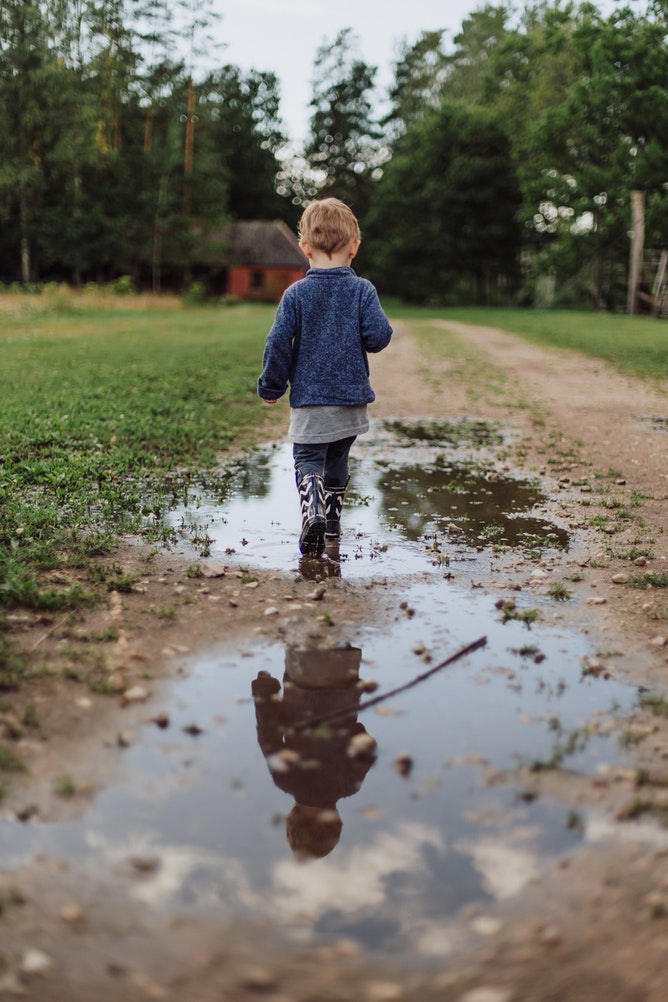

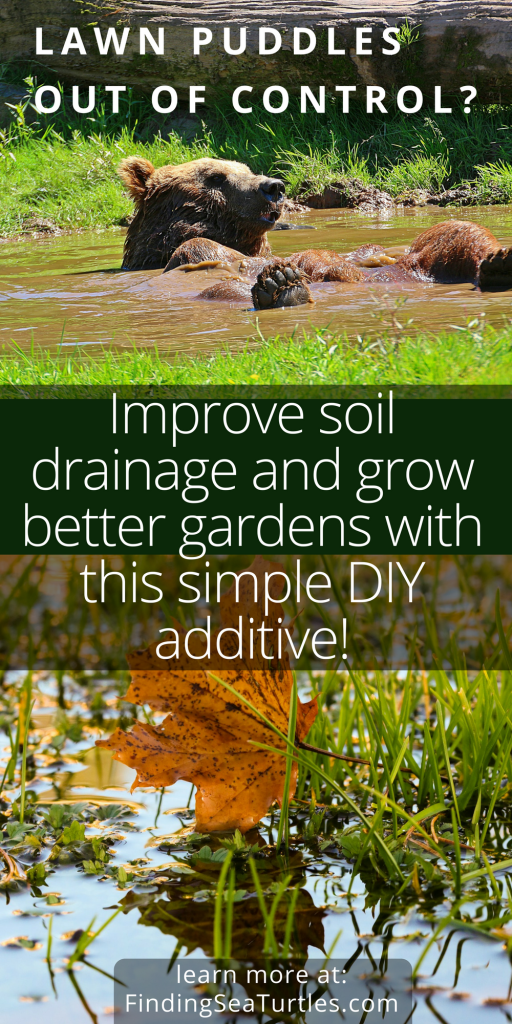
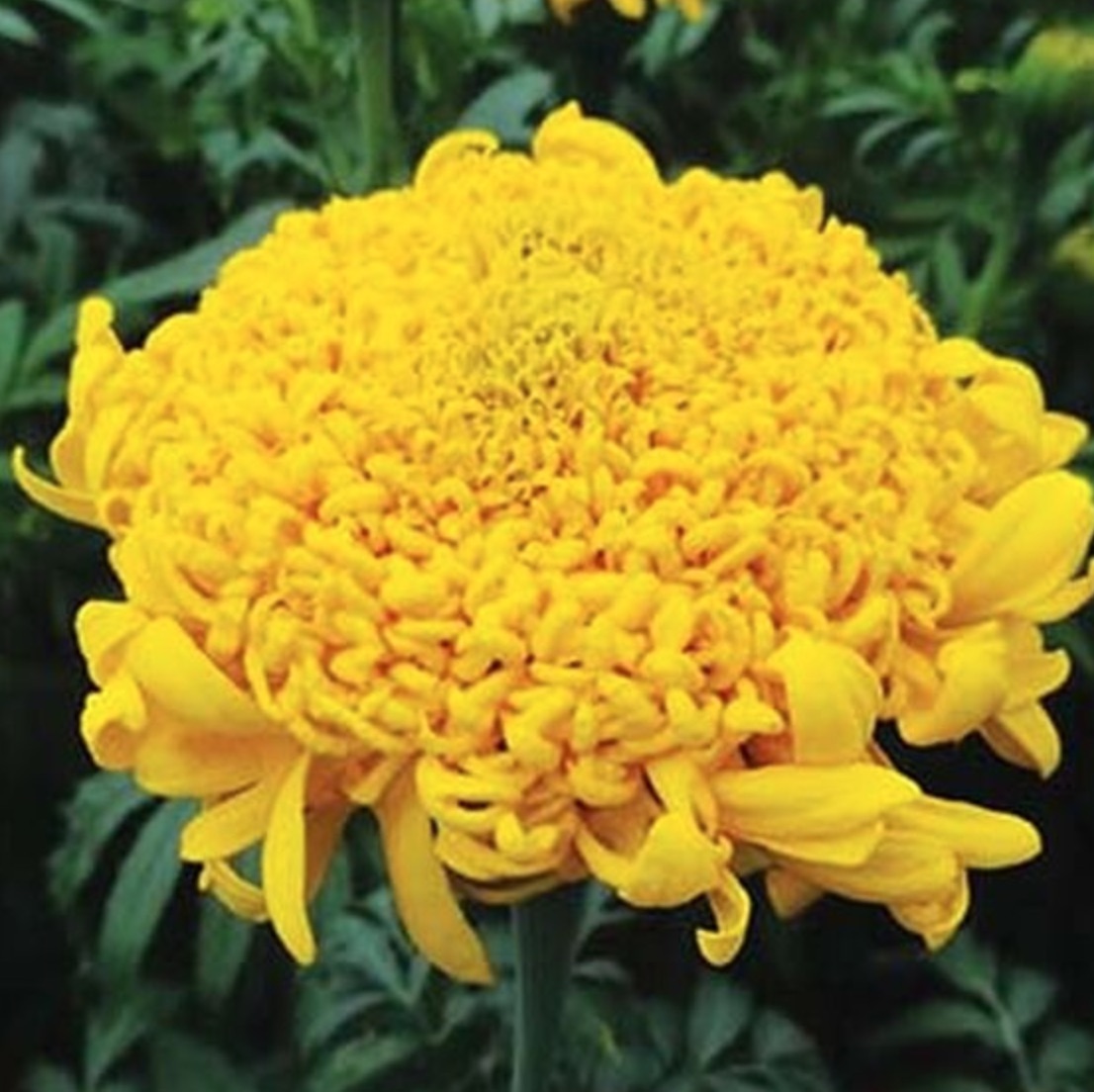
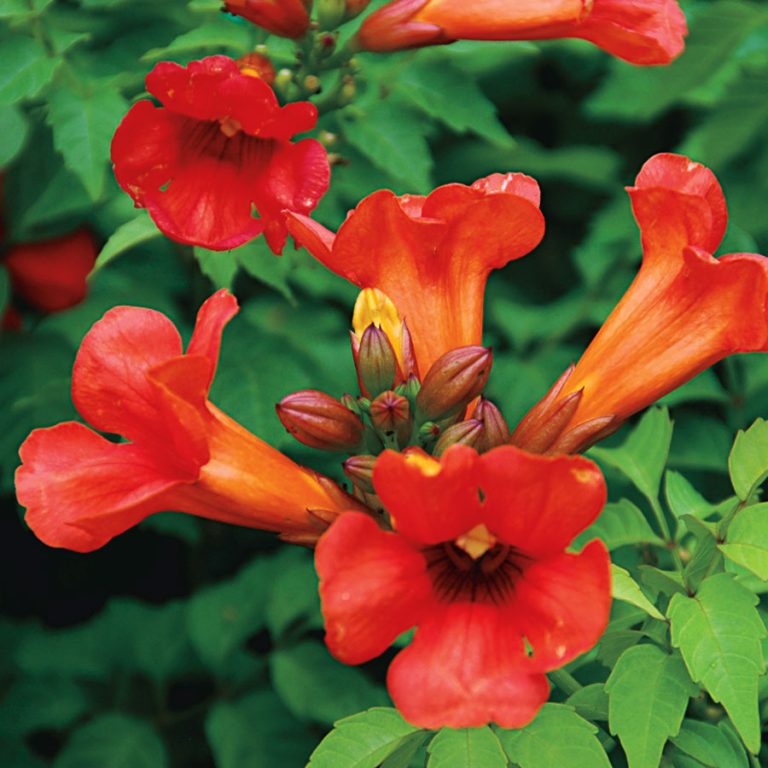
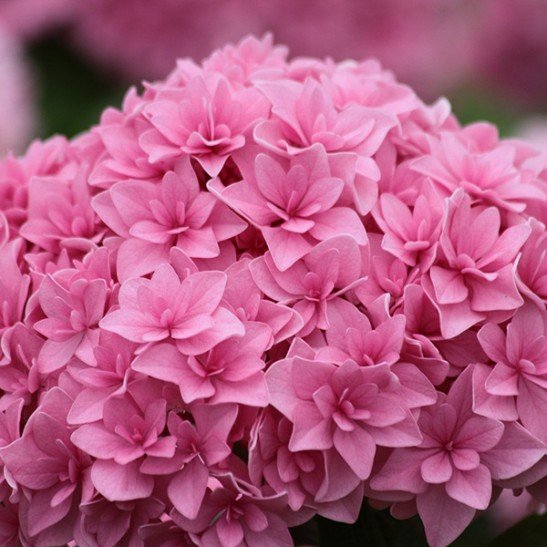
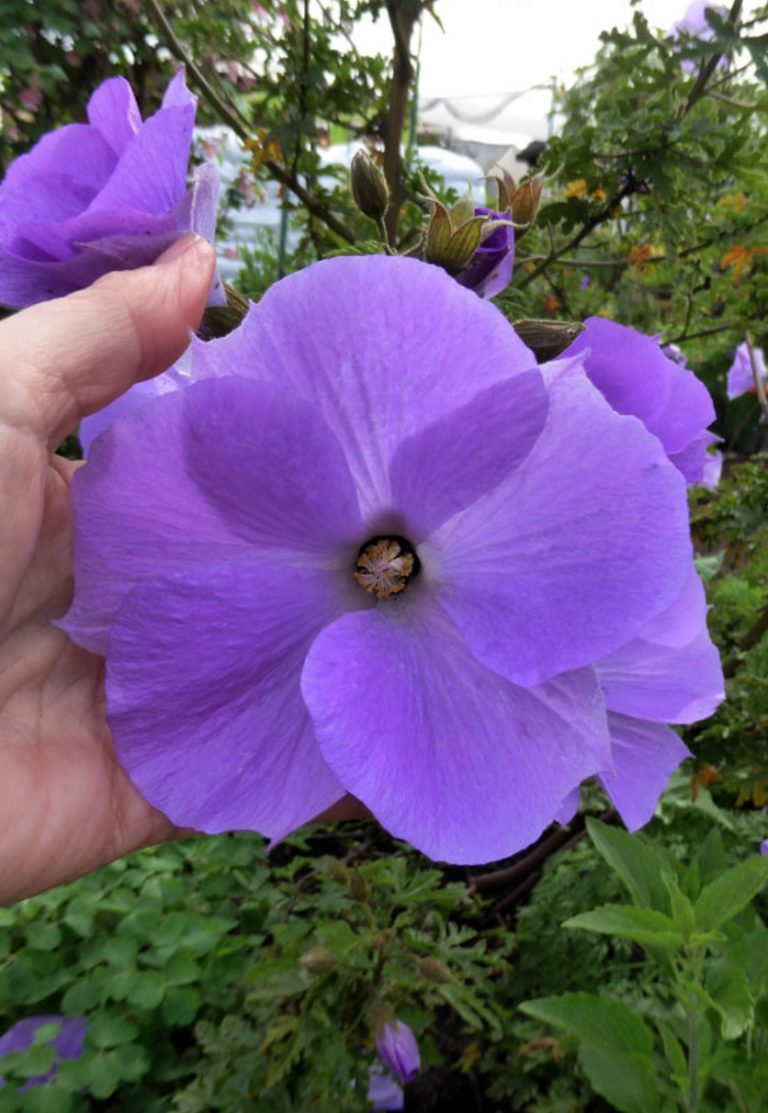
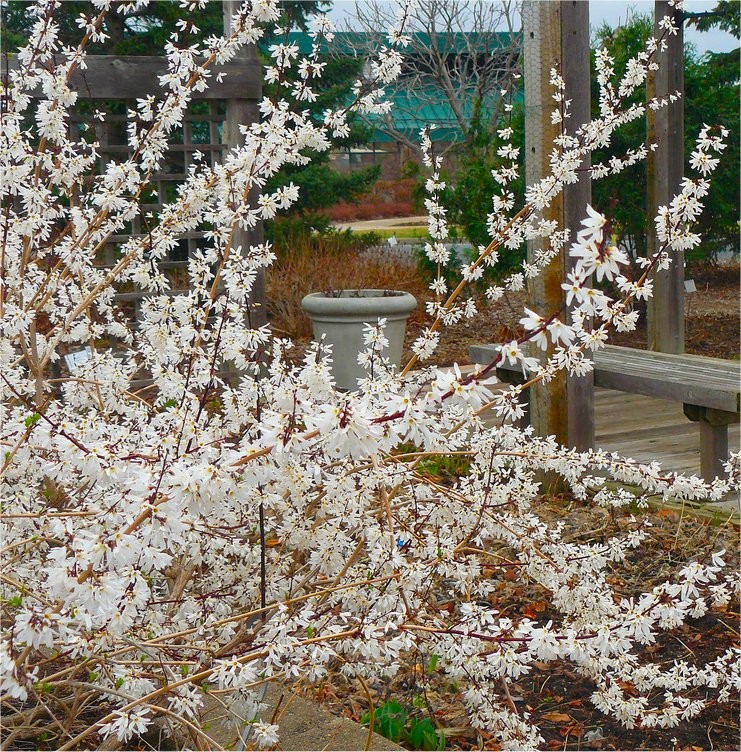
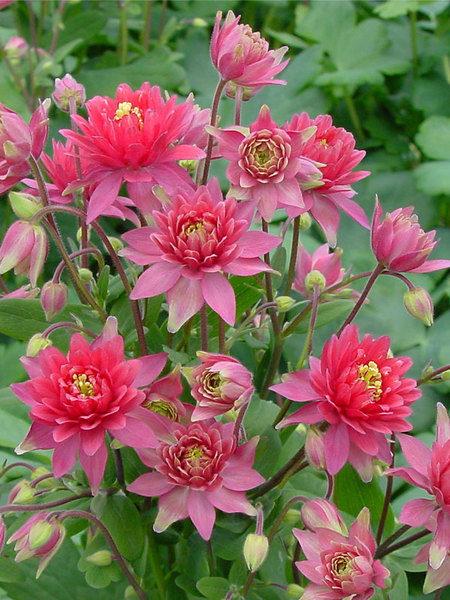
I have mushrooms with the slightest bit of water on my lawm. My grass ALWAYS has read thread. I am interested in gypsum but do not know how to apply it or what type/brand of gypsum to purchase. I also need to know when and how much to apply. Thank you
I put sod down in mid November and it drowned the entire season to the point most of it is brown now. It’s not absorbing moisture so I bought pelletized gypsum. I am quite certain the soil compacted with the rolling tool, I also live in a historic area so I’m pretty sure the soil has some clay but not entirely. I aerated using a manual coring tool to help dry up the grass and now I’m wondering if I should spread the gypsum with exposed cores and let the spring rain take care of the watering. Can it sit on top of the lawn or should I rake it in? I do see green sprouts here and there but not enough to say it will be ok. At this point I’d like to save the sod as I can’t afford to redo it. I’m aware that I should probably throw grass seed down also. Should I wait to put the seed down and give the gypsum a chance to work into the soil or could I do both simultaneously? Please advise me ASAP to take advantage of the rain coming and hopefully get a nice lawn before the summer months. I also have a large dog that wants to run around and I’m aware not to let him, how long before he’d be able to though? FYI I’m always with him when he’s out so I watch him. Thanks in advance for any info on this matter. Sincerely